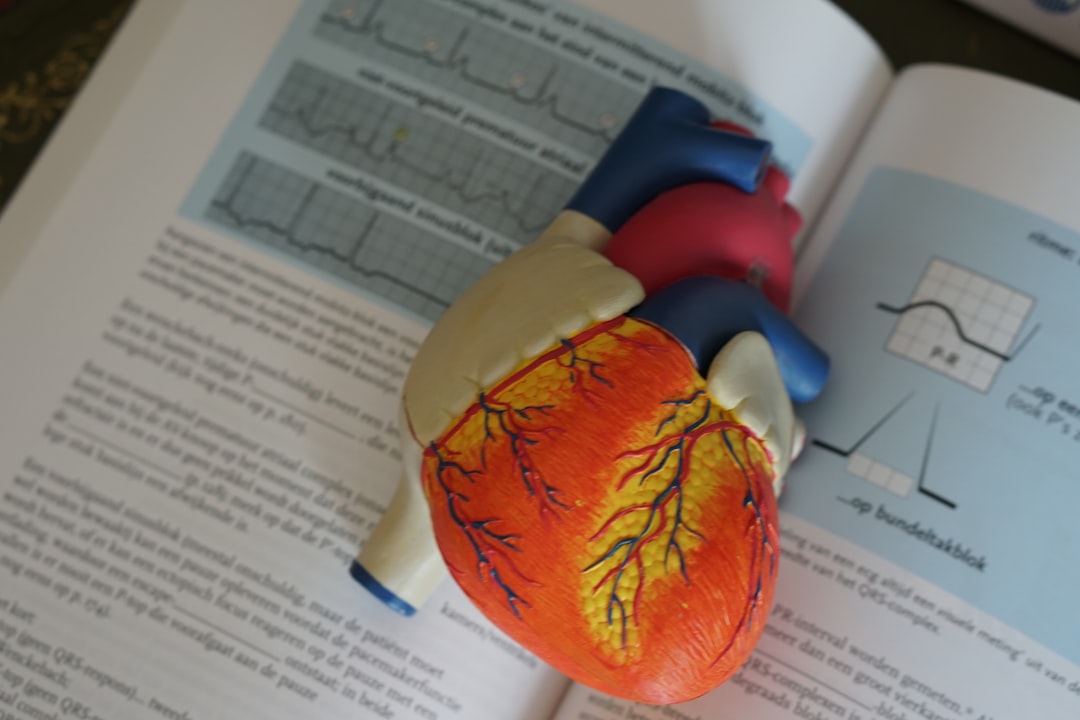What is it about?
Various disciplines study individual differences but focus on different aspects and use different methods. To understand individuals, we need to integrate the knowledge produced in different fields. This guide shows how this can be done in systematic ways.
Featured Image
Why is it important?
For a century, individual differences have largely been studied with language-based approaches in psychology. But everyday language is insufficient to adequately categorise individual differences and to explore their biological underpinnings. This guide provides systematic concepts and principles to meaningfully combine the approaches and methods that different disciplines use for exploring individual differences.
Perspectives
Interdisciplinary and transdisciplinary research is challenging. But it provides unique opportunities to learn from the experts in different fields and to get to know very different perspectives on the same study phenomenon.
Dr Jana Uher
University of Greenwich
Read the Original
This page is a summary of: Taxonomic models of individual differences: a guide to transdisciplinary approaches, Philosophical Transactions of the Royal Society B Biological Sciences, February 2018, Royal Society Publishing,
DOI: 10.1098/rstb.2017.0171.
You can read the full text:
Resources
Research paper
Paper download
Author Homepage
Jana Uher has developed a novel transdisciplinary and philosophy-of-science paradigm focused on individuals, their personality, behaviours and social relationships.
Transdisciplinary Philosophy-of-Science Paradigm for Research on Individuals
The TPS-Paradigm provides philosophical, metatheoretical and methodological frameworks to explore the complexity of individuals and their lives from transdisciplinary viewpoints.
Contributors
The following have contributed to this page










